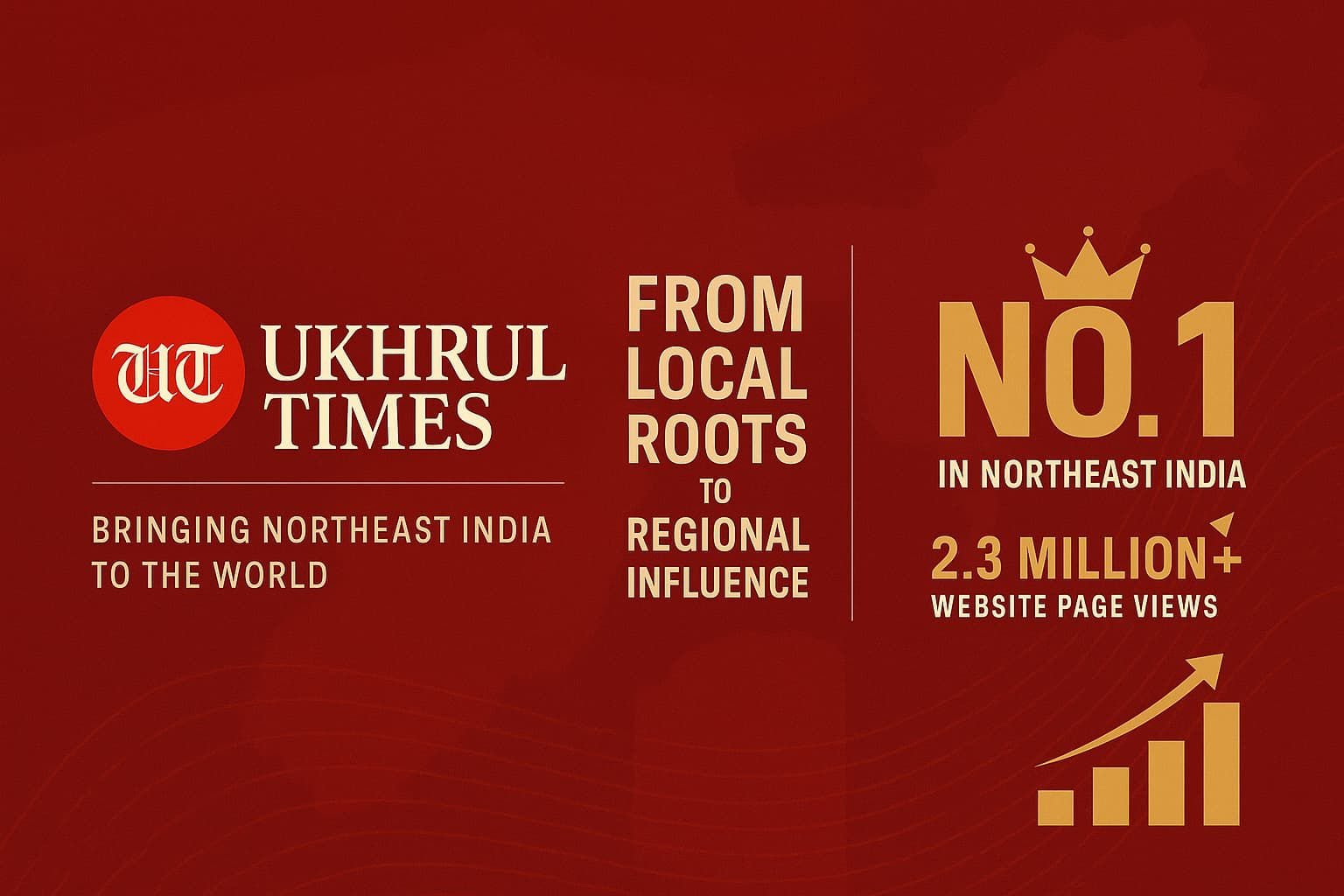Now Reading: Stories of the past: Recalling our ancestors in Chansa Makan’s Living Ghosts and Other Uncanny Stories
-
01
Stories of the past: Recalling our ancestors in Chansa Makan’s Living Ghosts and Other Uncanny Stories
Stories of the past: Recalling our ancestors in Chansa Makan’s Living Ghosts and Other Uncanny Stories

It is just recently that the written literature came into existence in the Tangkhul Naga community. Before the onset of the written literature, the Tangkhul Naga community thrived on the art of oral storytelling. Oral tradition, since time immemorial, has been a part of the Tangkhul Naga. Be it knowledge, folktales, folk songs, folk dances or history, the ancestors ardently passed down these to their children through oral tradition. As a child, I remember sitting around the fireplace with my siblings listening to our grandparents narrating to us stories, folktales and legends. Since folktales were passed down to us orally, there was nothing or less about written stories where I could call my own . Therefore, I grew up reading literature of the west. Chansa Makan’s book comes in such a time when we are looking for our identities— something to belong to. Our ancestors have left us but a part of their love for oral storytelling will remain through this book.
“He couldn’t believe his eyes for he saw that the beautiful woman’s feet were not touching the ground.”
Living Ghosts and Other Uncanny Stories (2020) is a semi-fiction book by Chansa Makan. This book is a collection of folktales, legends and real life stories interlaced with eerie and chilling narratives. It has seven uncanny stories where one of them is a series. Chansa Makan is an Imphal-born Tangkhul Naga author from Ukhrul, Manipur.
Ever heard of living ghosts or met one yet? Makan’s debut book Living Ghosts and Other Uncanny Stories is drawn from strange stories he had heard from his mother or told by people he knows. Tales of living ghosts takes centre stage in the temper of the stories. Kazeiram Kazang, Zingtai Mansingla and Mi Khangayei are some of the stories in this book. The series of Kashong Philava stories also forms a spotlight in this book.
Accounts about Kazeiram, Kokto, Mi Khangayei and Rai Kaphung are stories, which are not foreign to a Tangkhul Naga. Stories about the wrath of Kokto or the mysterious chronicles that surrounds the netherworld are something that a Tangkhul Naga grew up listening to. Growing up, I see elders talking about Rai and Mi khangayei in hushed tones. These things are not to be spoken of unreservedly in public. In most scenarios, these are ambivalent cases yet one is required not to dig deeper for meaning, for these things are believed to be unfavourable to the society. On the other hand, eerie tales about Kashong Philava would make me shudder in fear. Stories pertaining to the nature of the Philava where she starts looking for lovers amongst the mortals after the death of her lover Kashong Sei are peculiar. Whoever meets the Philava either dies in a mysterious condition or gets sick. And the quintessential Tangkhul Naga folktale Zingtai Mansingla’s story is a treat. In my younger years, I remember being so fascinated with the story of Mansingla and her dexterous weaving ability. But i would be horror-stricken if stories about living ghosts surfaces and would avoid talking about living ghosts at night.
“The seizure like phenomenon started occurring frequently. Prayers and different local medicines had no effect on him. Sometimes he would wake up in the middle of the night and start talking and smiling as if somebody was visiting him.”
What makes Makan’s book uncommon is that it defies the normal and succeeds in boldly portraying the non-accepting facets of the society. This book brings out the meaning in keeping the history of the community alive. In a community where written literature is scarce, this book is a great addition to the stack of written literature that is slowly building up.
If you love reading frightening and ghosts stories this is the book for you. This book has just the right amount of hair-raising and spine-chilling mood. Some stories are intriguing and riveting, some would give you that petrifying feeling, some would make you ponder on the possible causes of these strange stories. Wholly, this book is exciting and it keeps you hooked till the last page. I would recommend this book if you are searching for lost stories of the past. This book is a must-read. This is a book with an eerie concept and sometimes it sounds unreal. A student dies after spending a night in a haunted house. The cause of his death? Well, you know who! Whether the ghost took him or did he suffer a cardiac arrest? Science or ghost? Well, it is up to you. Read this book and come to your own judgement. Happy reading folks!
Pages- 126
Publishers- Bluerose Publishers (2020)
You can buy the paperback here AMAZON
You can buy the e-book here https://amzn.to/3855ZMG
Review: “This book delves into the mystic world of the Tangkhul Naga where the line between the real and spirit worlds are blurred. Drawn from the deep oral storytelling tradition, the author successfully takes the readers to a place where the present and past exist together side by side – where supernatural is a part of everyday life. The book captures a very important essence of the Tangkhul Naga and their beliefs and is a welcomed addition to the growing depository of English writing from the North East India.
Jim Wungramyao Kasom
Author of Homecoming and Other Stories.”















